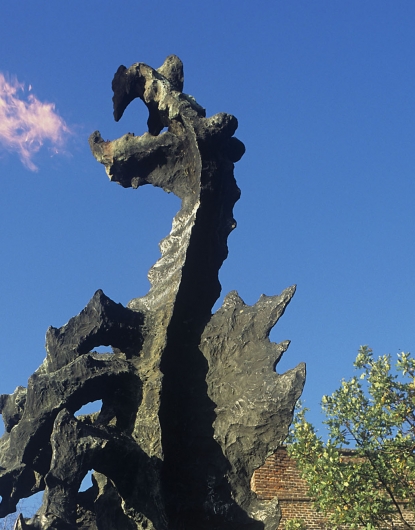
Dragon's den
The Dragon’s Den, a legendary cave in the western slope of Wawel Hill, is surely one of its great curiosities. The cave formed nearly 12 million years ago as a result of karst development in the Jurassic limestone. After 1918, when Poland regained its independence, the Dragon’s Den was prepared for visitors by prof. Adolf Szyszko-Bohusz.
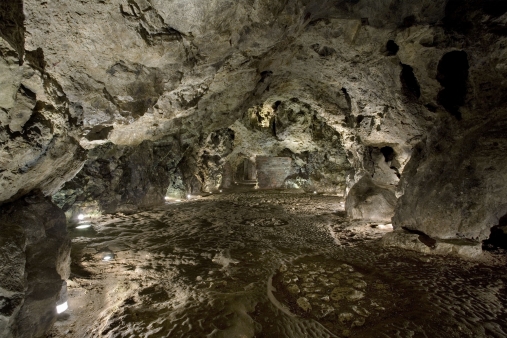
Exploring the cave’s murky caverns, filled with mysterious niches and fissures, is an unforgettable experience. The cave is 270 meters long, of which 81 meters are open to the public. The visit begins at the foot of the Thieves’ Tower. Visitors descend a staircase housed in a brick tower (a former Austrian well).
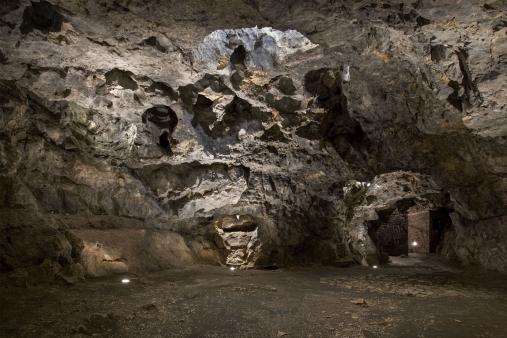
Until the 19th century, the first and the lowest-lying chamber was filled with water which was used to supply Wawel’s buildings.
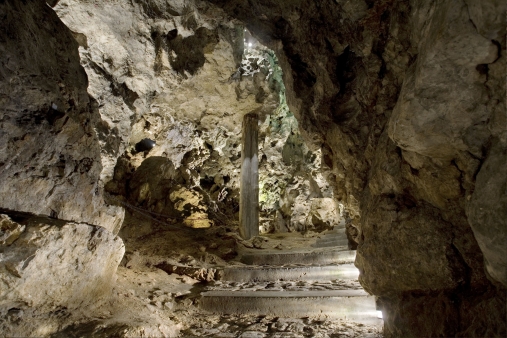
At its highest point, the next and largest chamber is covered with a brick dome constructed in 1830. It was built to close up the natural entrance through which historian Ambroży Grabowski entered the cave in 1829. Through his efforts the Dragon’s Den opened to visitors in 1843-1846. In the 17th and the 18th centuries, part of this chamber was used for storage and as a banquet room by a tavern located the Vistula riverbank near the cave’s lower entrance.
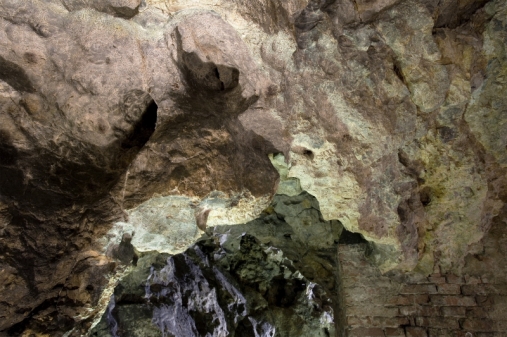
On the left, behind a wooden post, a tunnel which was dug in 1974, protected by a grating and leading to a side sequence of corridors, can be found. The narrow and muddy corridors, 160 metres in length, with five little lakes inhabited by a rare crustacean studniczek tatrzański (‘Tatra’s welldweller’), are closed to visitors.
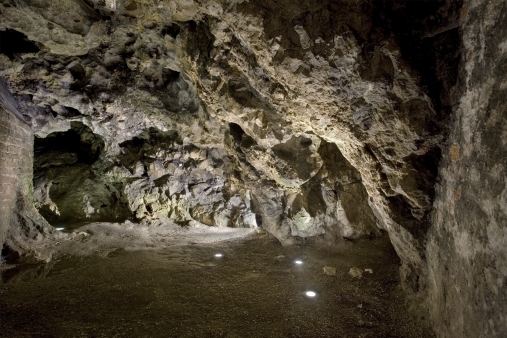
The last cavern, which features rock projections, blind shafts, and karstic fissures, was once the tavern’s main room. Its vault is reinforced by a set of brick pillars.
Dragon's den
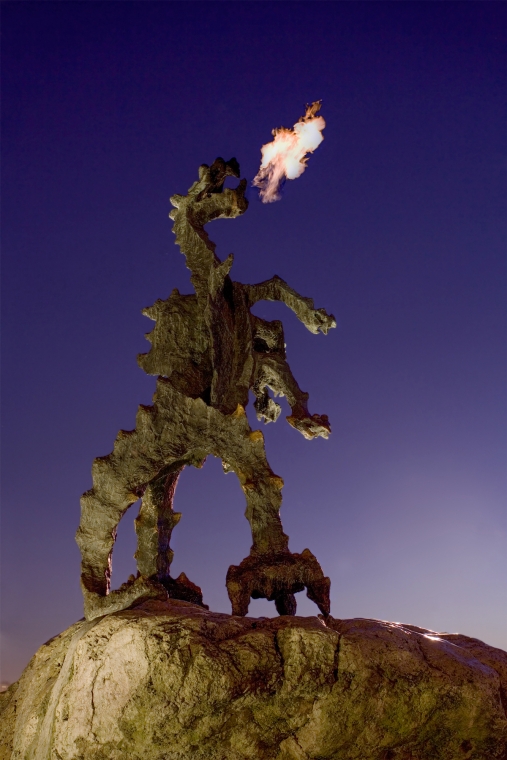
We exit the Cave through a pointed arch portal and a vestibule. On the Vistula Boulevard visitors stand in front of a sculpture of the Wawel Dragon created by Władysław Chromy in 1972.
The Legend | Google Arts & Culture
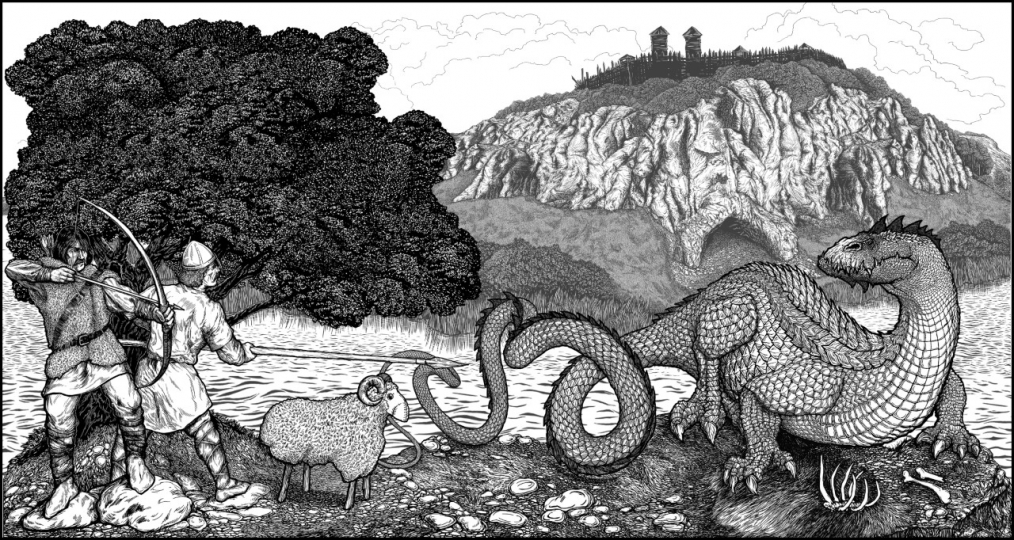
The Legend The oldest version of a legend about the dragon of Wawel, related to the mythic beginning of Cracow, can be found in the Chronicle of Master Vincent called Kadlubek (from the turn of the 13th century). Jan Dlugosz changed this version of the legend by writing that it was King Cracus himself who killed the dragon. At the end of the 16th century Joachim Bielski introduced the character of a sly cobbler Skuba to the legend, and this is the most popular version nowadays.
See more on Google Arts & Culture:
The dragon. A necessary monster — PART I — Google Arts & Culture
The dragon. A necessary monster — PART II — Google Arts & CultureSee more on Google Arts & Culture:
The dragon. A necessary monster — PART I — Google Arts & Culture
